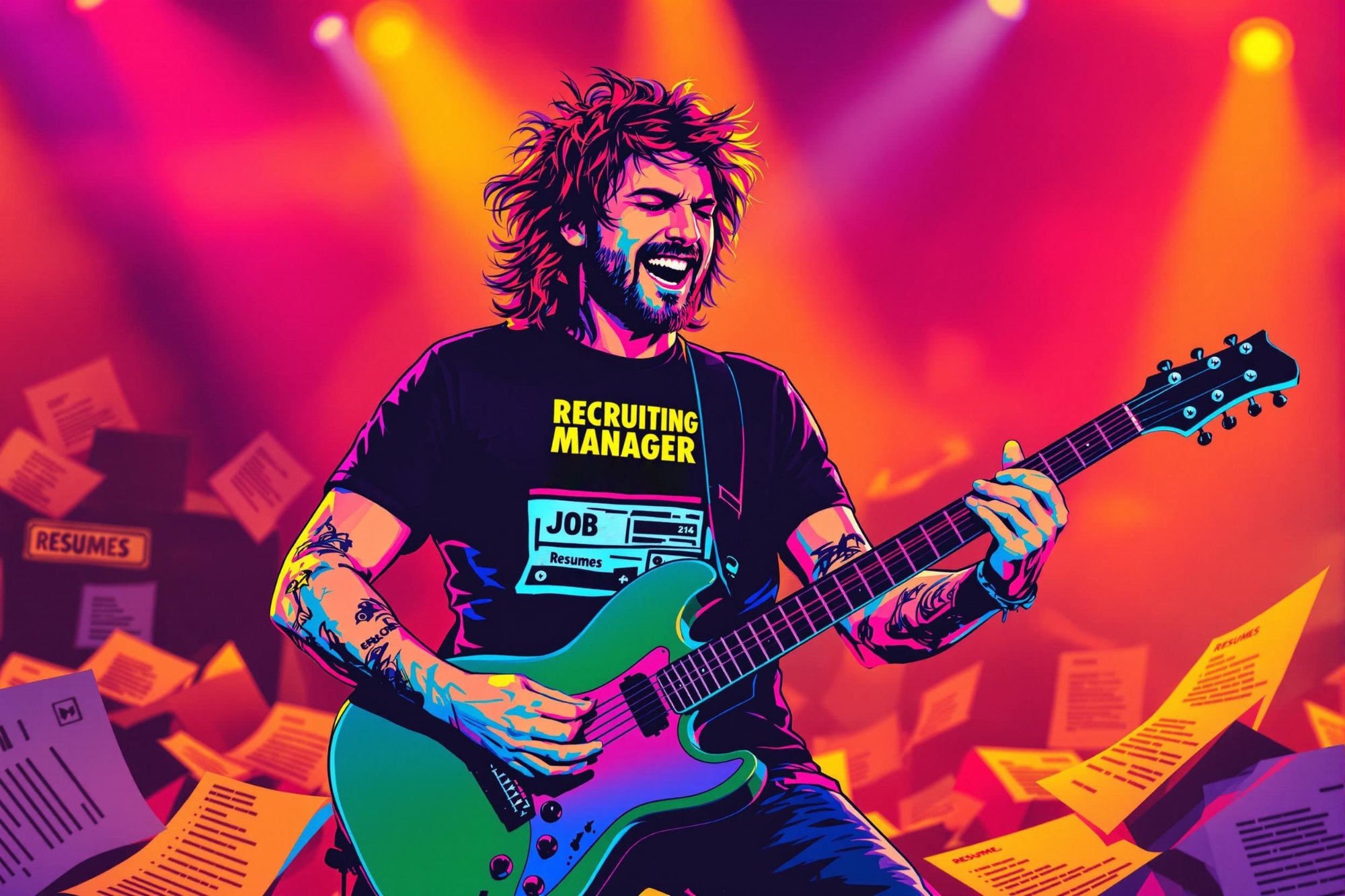
Storyboard
A storyboard is like a comic-book version of a video or animation project before it's created. It's a series of drawings that show how each scene will look and move, helping everyone on the team understand the project's vision. Think of it as a visual blueprint that guides animators, directors, and clients through the planned content. Storyboards can be either hand-drawn sketches or digital illustrations, and they're essential in planning everything from TV commercials to animated films to educational videos. This planning tool helps save time and money by letting teams spot and fix potential problems before the expensive production phase begins.
Examples in Resumes
Created detailed Storyboard sequences for animated marketing campaigns
Developed Storyboards and Story Reel presentations for client approval
Led team reviews of Storyboard concepts for television commercials
Typical job title: "Storyboard Artists"
Also try searching for:
Where to Find Storyboard Artists
Online Communities
Professional Networks
Example Interview Questions
Senior Level Questions
Q: How do you handle major creative disagreements between clients and the creative team regarding storyboard direction?
Expected Answer: A senior storyboard artist should discuss their experience in finding compromise solutions, presenting alternative options, and using their expertise to explain why certain visual choices work better for the project's goals.
Q: Can you describe your process for managing multiple storyboard projects with competing deadlines?
Expected Answer: Should demonstrate strong project management skills, explain how they prioritize tasks, delegate when necessary, and maintain quality while meeting tight deadlines.
Mid Level Questions
Q: How do you ensure your storyboards effectively communicate motion and timing?
Expected Answer: Should explain how they use visual cues, arrows, notes, and panel sequences to show movement and timing, and how they consider the final medium when creating boards.
Q: What's your process for incorporating client feedback into storyboard revisions?
Expected Answer: Should describe their systematic approach to tracking changes, maintaining version control, and efficiently implementing feedback while preserving the project's creative vision.
Junior Level Questions
Q: What basic elements do you include in each storyboard panel?
Expected Answer: Should mention key elements like scene number, camera angles, action descriptions, and character positions, showing they understand the fundamental components of storyboarding.
Q: How do you approach creating storyboards for different aspect ratios?
Expected Answer: Should demonstrate understanding of how to adapt drawings for different screen formats (mobile, desktop, cinema) and why this matters for final production.
Experience Level Indicators
Junior (0-2 years)
- Basic drawing and sketching abilities
- Understanding of basic camera angles and movements
- Ability to follow creative briefs
- Knowledge of common storyboard formats
Mid (2-5 years)
- Strong visual storytelling abilities
- Proficiency with digital storyboarding tools
- Experience with client presentations
- Understanding of production constraints
Senior (5+ years)
- Advanced scene composition and timing
- Team leadership and project management
- Client relationship management
- Complex narrative development
Red Flags to Watch For
- Unable to draw clear, understandable sketches
- No knowledge of basic filmmaking terms or camera angles
- Poor understanding of timing and motion in sequences
- Lack of experience with digital tools for modern storyboarding
Related Terms
Need more hiring wisdom? Check these out...

Beyond Spreadsheets: Why Executive Dashboards in ATS Systems Are Your Secret Hiring Weapon

Beyond Borders: Mastering the Art of a Global Onboarding Calendar

When Job Ads Dance: Why Your Next Hire Might Come From a 20-Second TikTok

